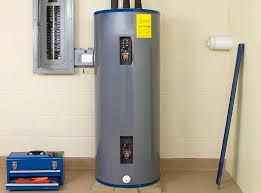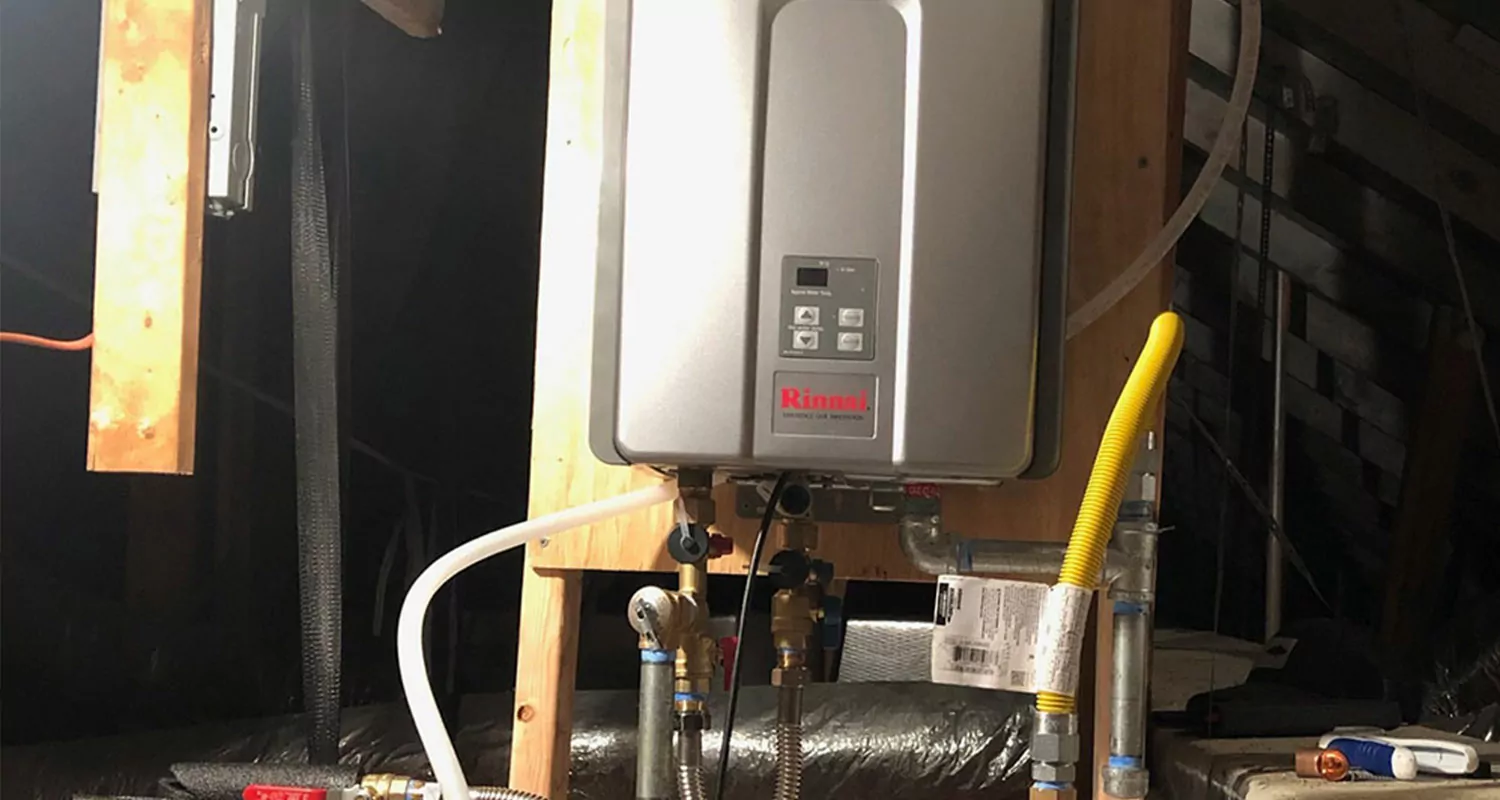What are your concepts about Tips For Maintaining Your Hot Water Heater?

Warm water is important for day-to-day comfort, whether it's for a rejuvenating shower or cleaning meals. To guarantee your hot water system runs successfully and lasts longer, normal upkeep is key. This post provides functional tips and understandings on how to preserve your home's hot water system to prevent disruptions and costly repair services.
Intro
Preserving your home's warm water system could seem complicated, but with a few straightforward steps, you can ensure it runs smoothly for several years to come. This guide covers every little thing from understanding your hot water system to do it yourself maintenance ideas and recognizing when to hire expert aid.
Importance of Preserving Your Warm Water System
Routine upkeep not just extends the life expectancy of your warm water system yet also ensures it operates successfully. Neglecting maintenance can cause lowered performance, higher energy costs, and also premature failure of the system.
Indications Your Warm Water System Demands Upkeep
Knowing when your warm water system requires focus can prevent significant problems. Keep an eye out for indicators such as irregular water temperature level, weird noises from the heating system, or corroded water.
Understanding Your Warm Water System
Before diving into upkeep tasks, it's handy to recognize the fundamental elements of your hot water system. Usually, this includes the water heater itself, pipes, anode rods, and temperature controls.
Monthly Maintenance Tasks
Regular monthly checks can help capture small issues before they rise.
Purging the Hot Water Heater
Flushing your hot water heater gets rid of sediment buildup, improving performance and prolonging its life.
Checking and Changing Anode Rods
Anode poles avoid corrosion inside the tank. Examining and changing them when worn out is crucial.
Evaluating and Readjusting Temperature Setups
Changing the temperature level setups makes sure optimum efficiency and safety.
DIY Tips for Upkeep
You can do a number of maintenance jobs on your own to keep your hot water system in top condition.
Looking for Leakages
Consistently evaluate pipelines and links for leaks, as these can lead to water damages and greater costs.
Examining Stress Alleviation Valves
Examining the stress relief valve guarantees it operates appropriately and protects against excessive stress build-up.
Protecting Pipelines
Shielding warm water pipes reduces warmth loss and can conserve energy.
When to Call a Professional
While DIY upkeep is useful, some issues require specialist experience.
Facility Problems Calling For Expert Help
Instances include significant leakages, electrical troubles, or if your hot water heater is continually underperforming.
Routine Specialist Maintenance Perks
Expert upkeep can consist of comprehensive evaluations, tune-ups, and ensuring conformity with safety standards.
Verdict
Regular upkeep of your home's hot water system is necessary for effectiveness, long life, and cost savings. By adhering to these suggestions and recognizing when to seek specialist assistance, you can ensure a reputable supply of warm water without unforeseen disturbances.
Water Heater Maintenance: The Basics
Maintaining your water heater will ensure it operates efficiently and has a longer lifespan. Neglecting regular maintenance can lead to costly repairs and an even bigger chunk of your savings if you have to replace it sooner than necessary. But there’s good news: Most water heater maintenance tasks are relatively simple and easy for homeowners with basic DIY skills.
Flush the Water Heater
Over time, sediment and minerals can build up in the tank, reducing its efficiency and potentially causing damage. To flush the tank, turn off the power or gas supply, attach a hose to the drain valve near the bottom and open the valve to drain the water until it runs clear. Ideally, flush the tank annually.
Replace the Anode Rod
The anode rod is a sacrificial metal rod that helps prevent corrosion inside the tank. Inspect and replace it every three to five years or per the manufacturer's recommendation. To replace the anode rod, turn off the power or gas supply, drain a few gallons of water from the tank, unscrew the old rod and replace it with a new one. If the anode rod is significantly corroded or covered in calcium buildup, it's a sign the water heater may need to be replaced soon.
Tune-Up
A yearly tune-up can help identify potential issues and ensure your water heater operates at peak efficiency. This typically involves checking the thermostat, burner assembly (for gas heaters) and any other components specified by the manufacturer. During a tune-up, the technician may also clean the burner and adjust the pilot light (for gas heaters) or examine the heating elements (for electric heaters).
How to Maintain Your Water Heater
- Insulate the tank. Insulating the tank can improve energy efficiency and reduce heat loss, saving you money on energy bills. You can purchase precut insulation blankets designed specifically for water heaters or use standard fiberglass insulation wrapped securely around the tank.
- Check the temperature. The recommended water temperature for most households is around 120 degrees Fahrenheit (49 degrees Celsius). Higher temperatures can increase energy costs and potentially cause scalding. Use a kitchen thermometer to check the temperature at the faucet nearest the water heater.
- Monitor water pressure. Excessive water pressure can strain the water heater and cause leaks or even tank failure. Install a pressure-reducing valve if necessary. The ideal water pressure range is between 60 and 70 PSI (pounds per square inch).
- Test the temperature and pressure (T&P) relief valve. The T&P relief valve is a safety feature that releases pressure if the tank gets too hot or the pressure builds up too high. Test it annually by lifting the lever and allowing a small amount of water to release. Replace the valve if it doesn't release water or reseal properly.
- Check for leaks. Regularly inspect the tank, pipes and fittings for leaks or corrosion. Deal with issues promptly to prevent further damage. Even a small leak can lead to significant water damage over time.
- Consider a tankless water heater. If your traditional tank-style water heater is nearing the end of its lifespan ( typically 10 years), consider replacing it with a tankless water heater. These units heat water on demand, reducing standby energy losses and potentially saving you money on your energy bills.
- Schedule professional maintenance. While homeowners can perform many water heater maintenance tasks, it's still a good idea to schedule professional maintenance every few years. A plumber or HVAC technician can thoroughly inspect the unit, identify potential issues and ensure it operates safely and efficiently.
https://www.homeserve.com/en-us/blog/home-improvement/hot-water-heater-maintanence/

Do you like reading up on Tips on Maintaining a Water Heater? Make feedback below. We'd be happy to see your feelings about this blog. We hope that you visit us again in the near future. Remember to take the opportunity to promote this blog post if you appreciated it. Thanks for taking the time to read it.
Book 24/7
Comments on “Step-by-Step Steps to Maintaining Your Home's Hot Water SystemBest Practices for Caring for Your Home's Hot Water SystemSimple Ways to Care for Your Home's Hot Water System Effectively”